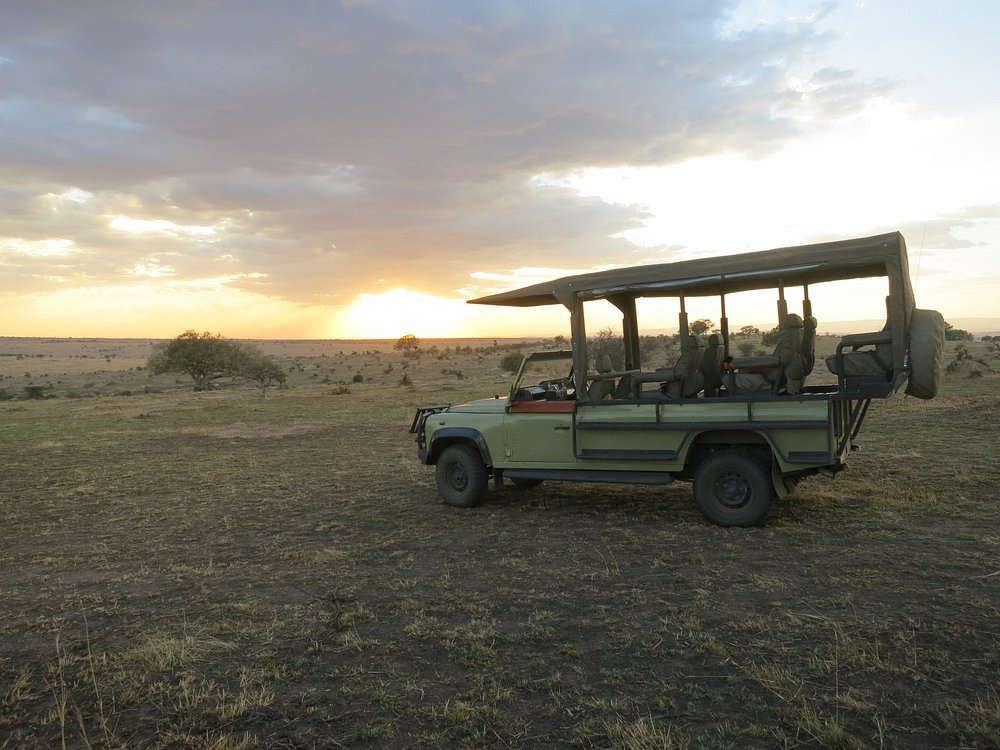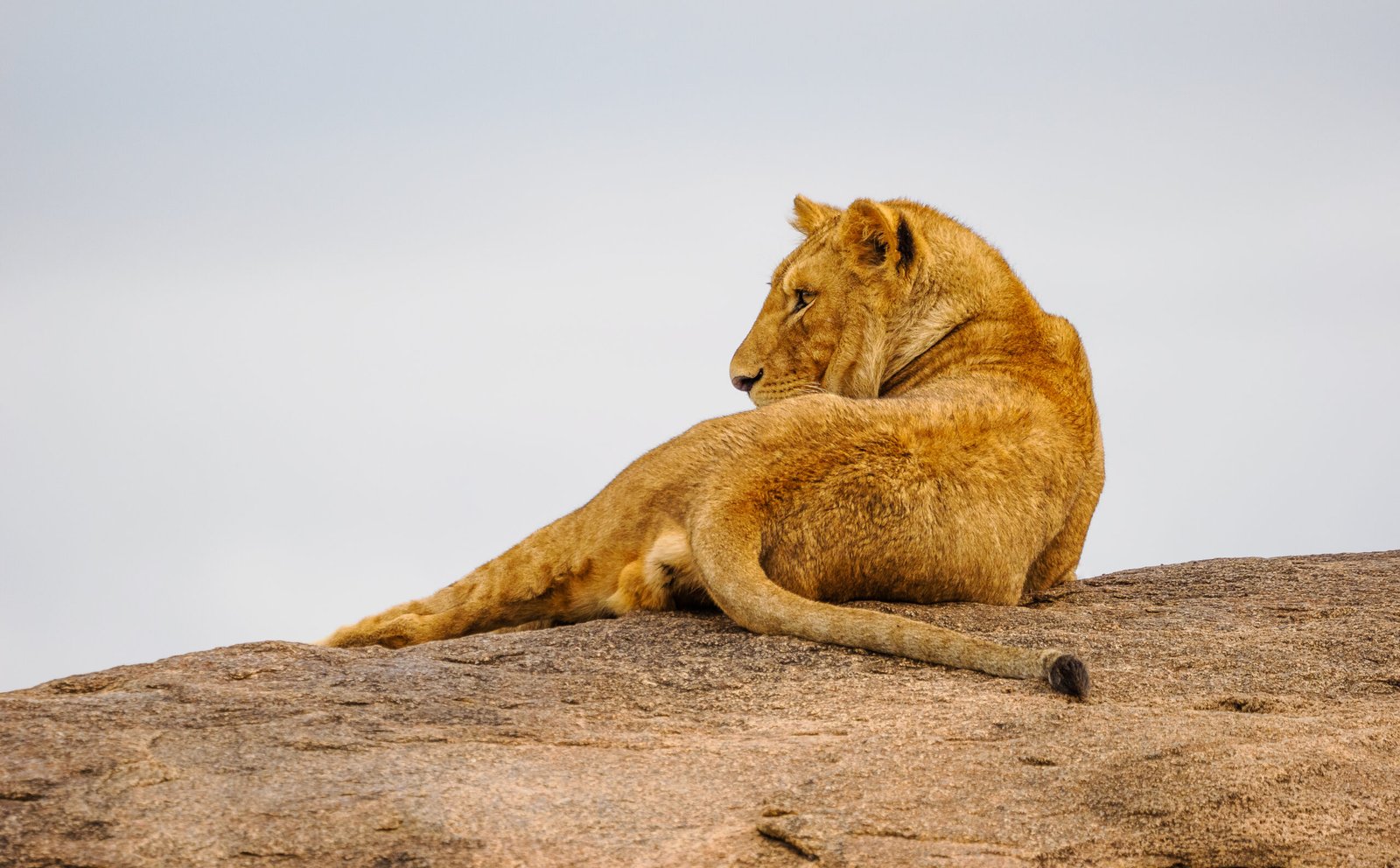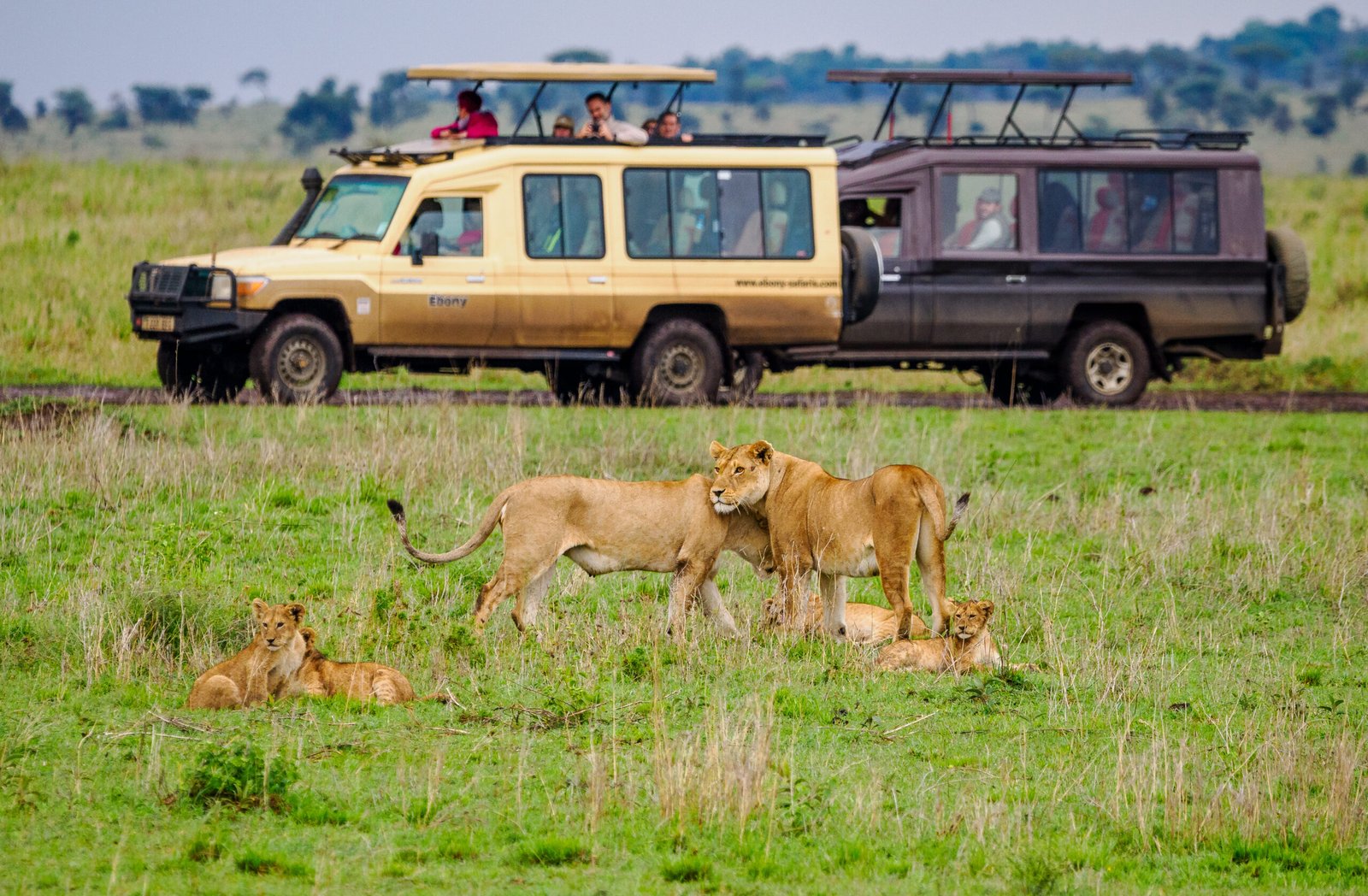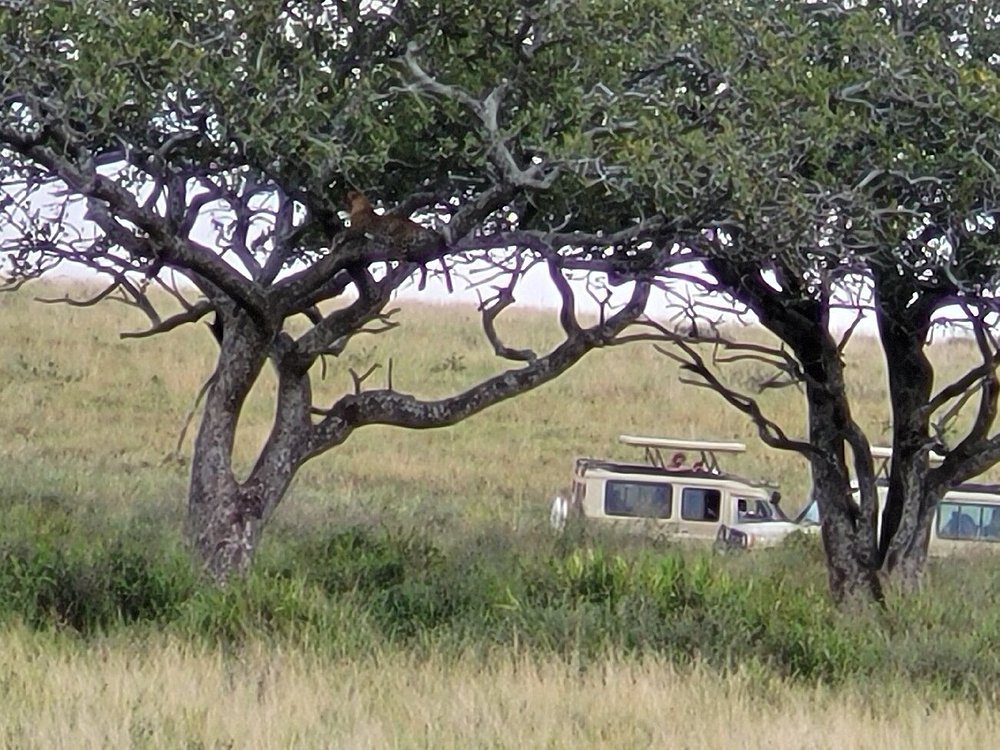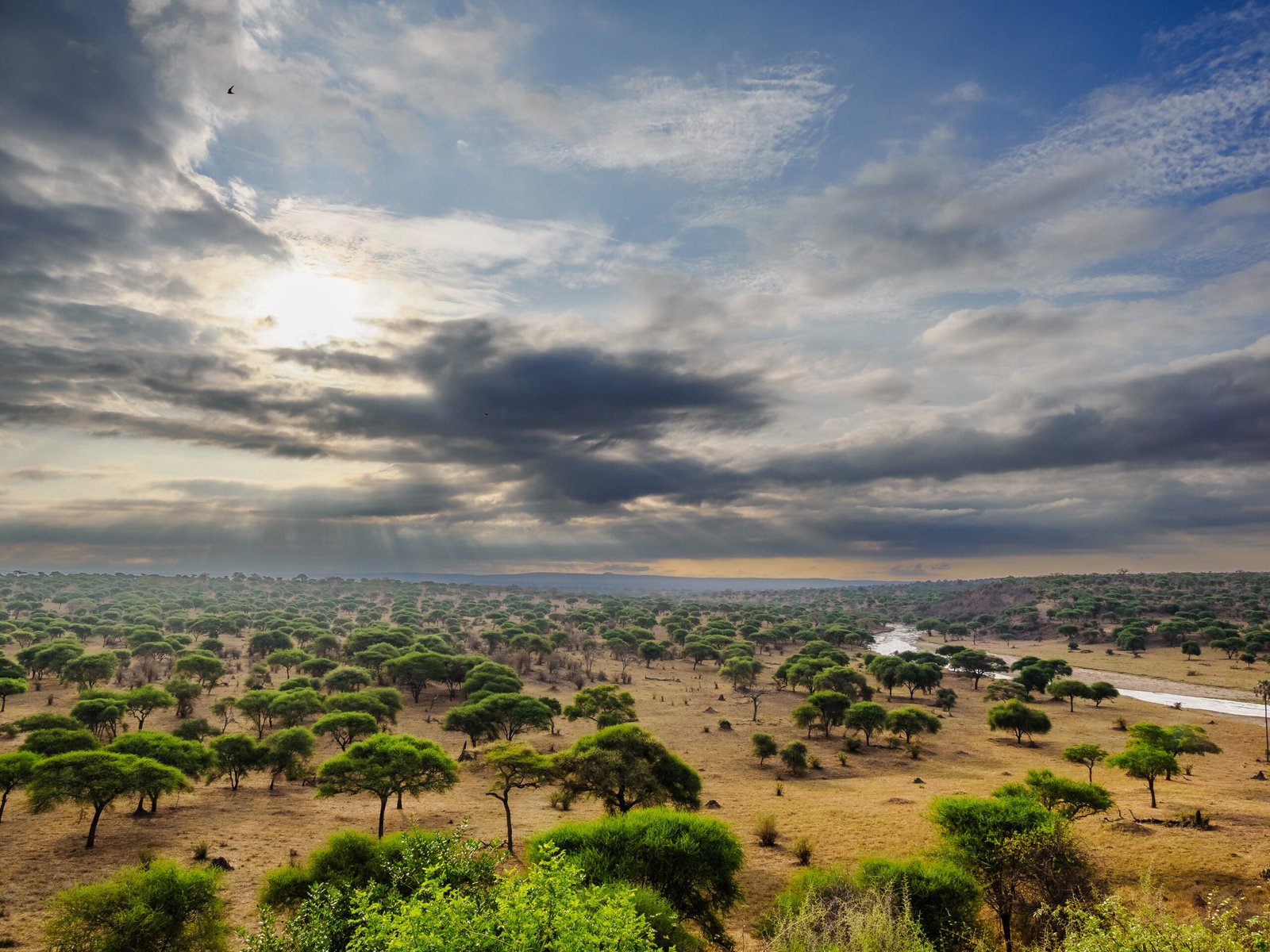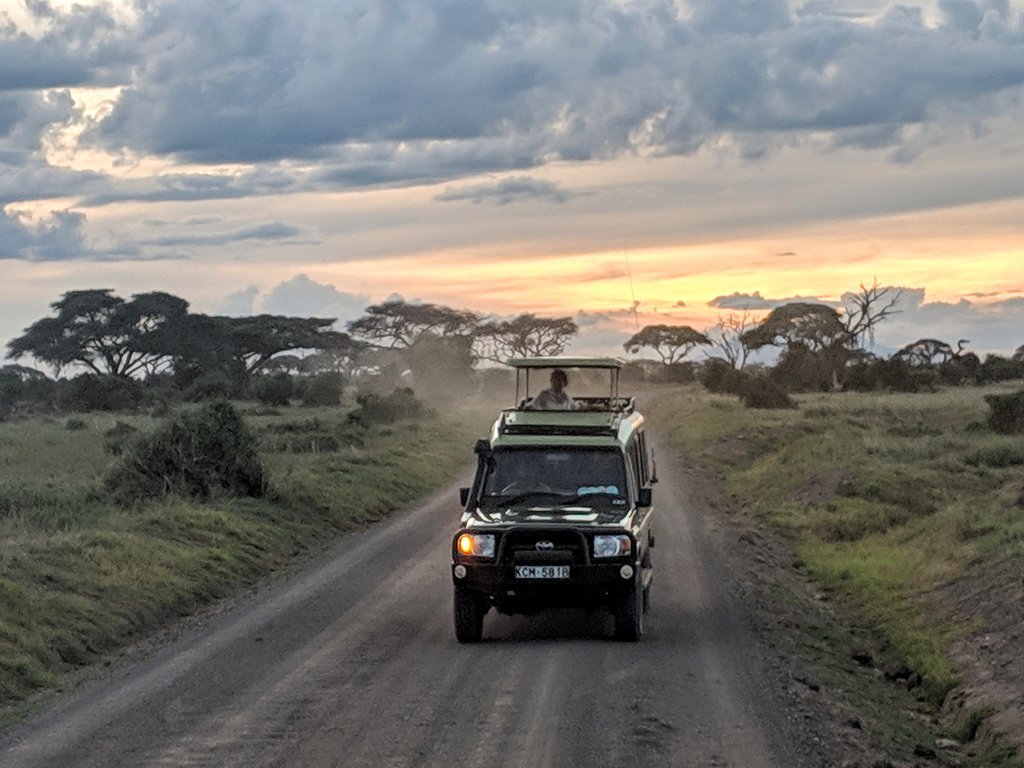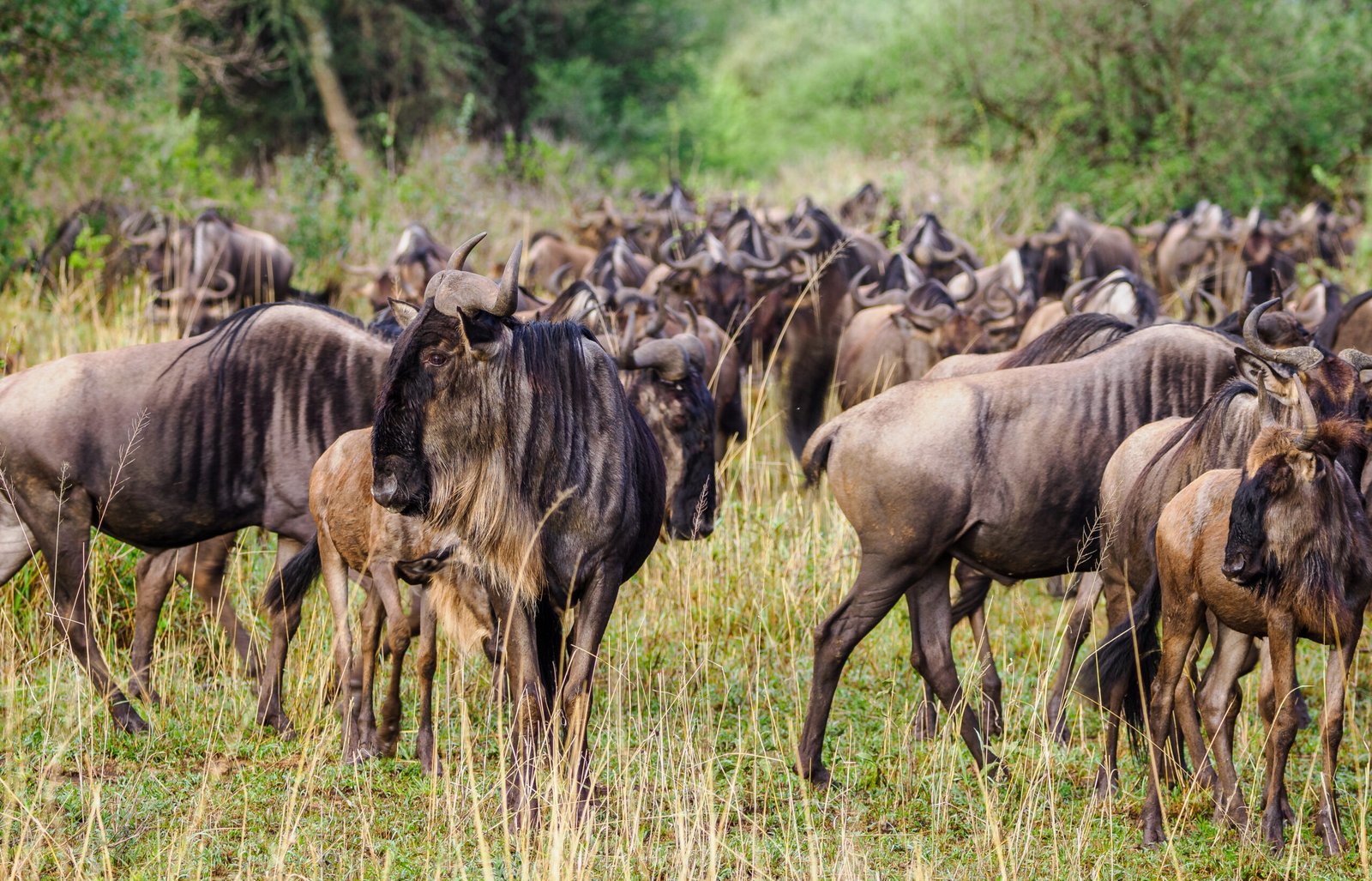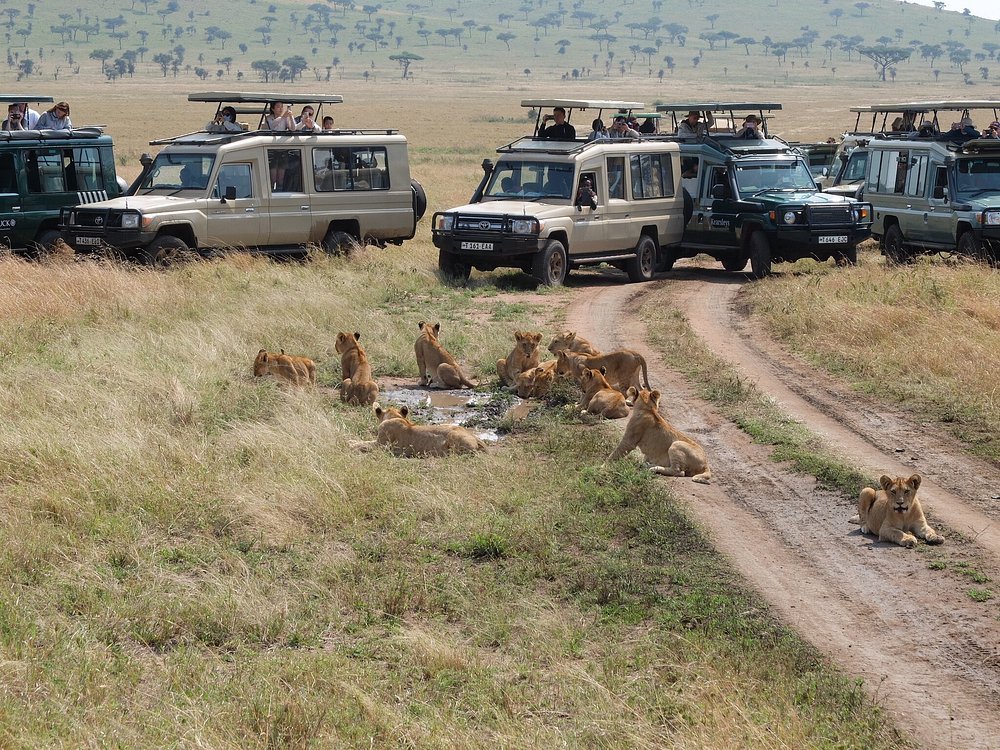Serengeti National Park Safari – Where the Great Migration Comes Alive
Serengeti National Park Safari
Step into the legendary plains of the Serengeti. Witness millions of wildebeest and zebra on the Great Migration, lions stalking the tall grass, and elephants moving under endless skies. Whether you’re dreaming of a luxury fly-in safari, a family adventure, or a cross-border Kenya–Tanzania journey, Annest Kenya Safaris makes it unforgettable.

Serengeti National Park Safari Quick Facts
Location: Northern Tanzania, part of the Northern Safari Circuit
Size: 14,750 km² – UNESCO World Heritage Site
Wildlife: Big Five, Great Migration herds, 500+ bird species
Best Time to Visit: June–October (dry season) & December–March (calving season)
Closest City: Arusha (domestic flights daily)
Wildlife & Highlights of Serengeti National Park
Great Migration: millions of wildebeest crossing crocodile-filled rivers.
Big Cats: world’s highest density of lions, plus leopards and cheetahs.
Rare wildlife: wild dogs, rhinos, giraffes, and hyenas.
Flamingos and birdlife on seasonal lakes.

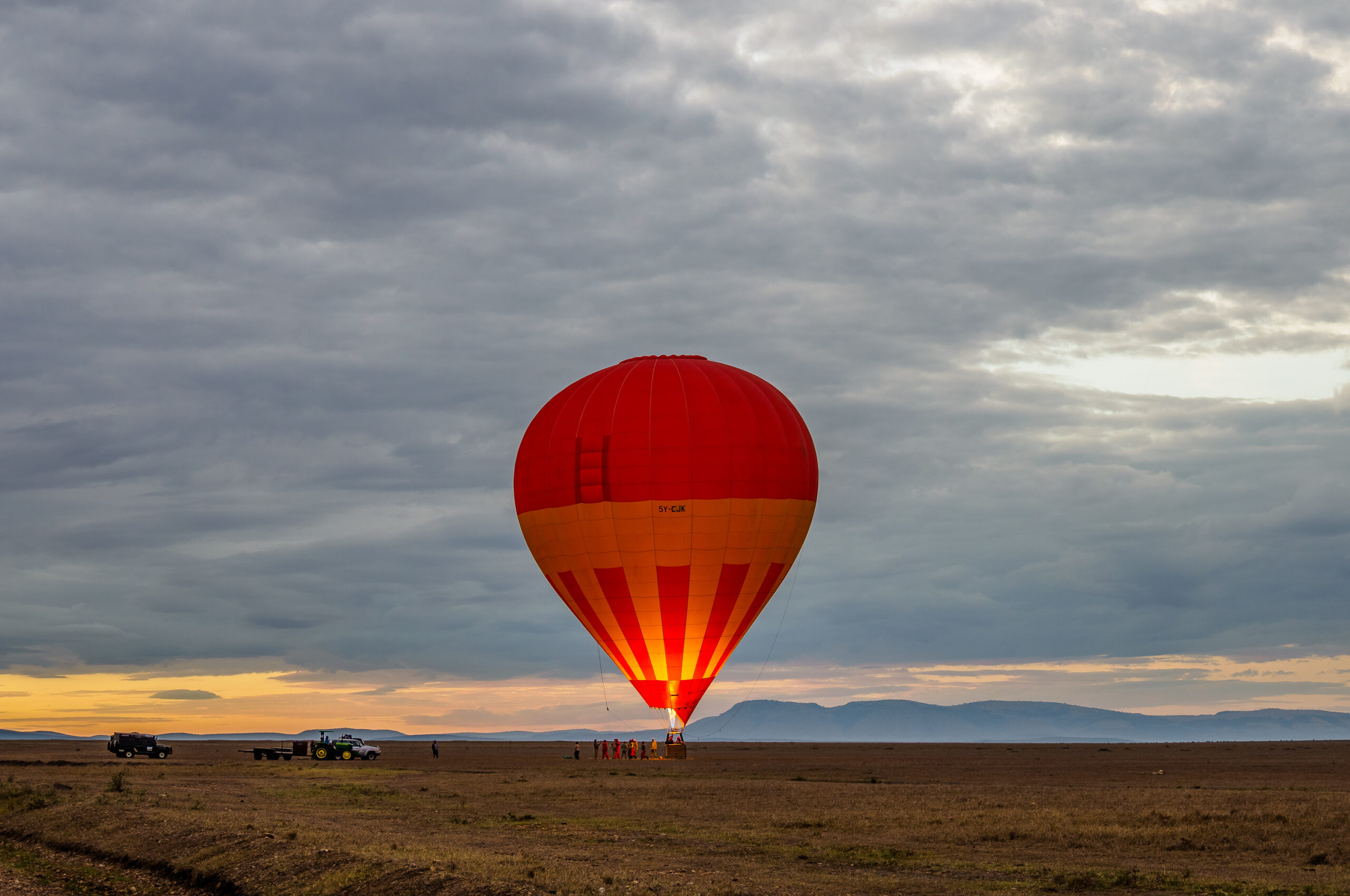
Top Experiences on a Serengeti Safari
Daily game drives with professional guides.
Hot air balloon safari at sunrise.
Cultural visits with the Maasai communities.
Walking safaris with rangers in select areas.
Serengeti Lodges & Camps
From luxury tented camps with infinity pools overlooking migration herds, to mid-range lodges and family-friendly camps – we’ll help you find the perfect stay.
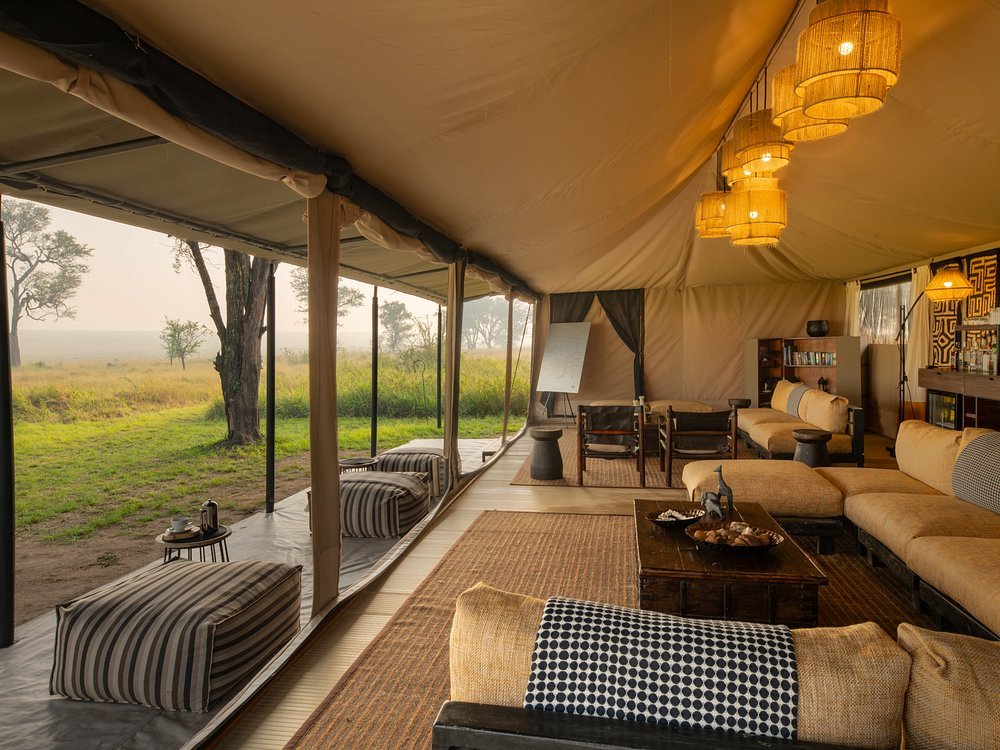
Kenya–Tanzania Safari packages Itineraries
We offer a range of customizable Kenya Tanzania safari packages to suit every traveler, whether you’re looking for a budget–friendly group tour or a luxurious private safari experience.
Best Time to Visit Serengeti
Dec–March: Calving season, predator action.
June–October: Dry season, best migration river crossings.
April–May: Green season, fewer tourists, lower prices.
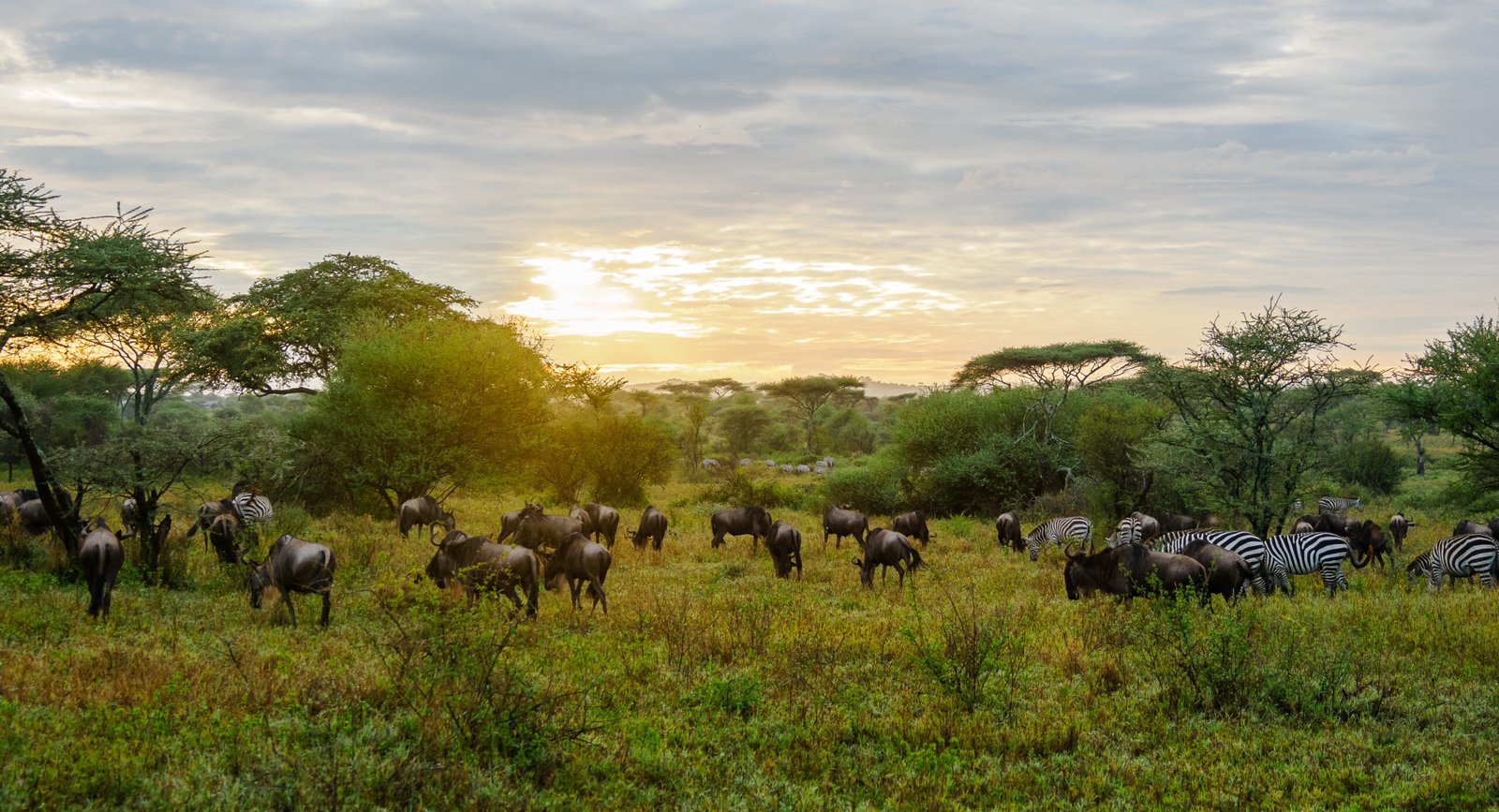
Cross-Border Safaris – Serengeti & Masai Mara
For migration chasers, combine Kenya and Tanzania safari packages: start in Amboseli, cross into Serengeti, finish in Masai Mara.
FAQs for Serengeti National Park Safari
Most travelers begin their Serengeti safari from Arusha, which is easily accessible by road or domestic flights. Driving from Arusha takes about 7–8 hours (with scenic views through Ngorongoro), while a fly-in safari takes just 1 hour. If you’re traveling from Nairobi, you can connect via road through Namanga border post or fly directly to Seronera Airstrip inside the park. For luxury and family trips, we recommend a fly-in Serengeti safari to maximize time on game drives.
Our Serengeti safari tours are all-inclusive, designed for stress-free travel. Packages usually cover:
Park entry fees and conservation charges
Professional driver-guide
Daily Serengeti game drives
Full-board accommodation (lodges or tented camps)
Airport transfers (Arusha, Kilimanjaro, or Nairobi on request)
Optional add-ons include Serengeti balloon safaris, cultural visits with Maasai, or extending into Kenya’s Masai Mara.
The Serengeti is a year-round safari destination, but the best time to visit Serengeti depends on your interests:
December – March: Calving season in Southern Serengeti, with dramatic predator action.
June – October: Dry season, peak Great Migration Serengeti river crossings at Grumeti and Mara rivers.
April – May: Green season, fewer tourists, lush landscapes, discounted rates.
If you want to combine Serengeti and Masai Mara safari, July–September is ideal, when herds cross into Kenya.
Yes, a Serengeti family safari can be magical! Many lodges offer family tents, child-friendly guides, and safe meal options. Game drives are tailored to kids’ attention spans, with breaks for picnics and wildlife spotting games. We recommend pairing Serengeti with Lake Manyara or Tarangire, where shorter drives and playful elephants keep children engaged.
December – March: Calving season in Southern Serengeti, with dramatic predator action.
June – October: Dry season, peak Great Migration Serengeti river crossings at Grumeti and Mara rivers.
April – May: Green season, fewer tourists, lush landscapes, discounted rates.
If you want to combine Serengeti and Masai Mara safari, July–September is ideal, when herds cross into Kenya.
Absolutely. Many of our guests book Kenya–Tanzania safari packages to follow the Great Migration across borders. A popular option is the 7-Day Serengeti & Masai Mara safari, where you witness wildebeest herds crossing crocodile-filled rivers in both parks. This cross-border safari also allows you to compare the landscapes – Serengeti’s vast plains vs. Masai Mara’s rolling savannahs.
December – March: Calving season in Southern Serengeti, with dramatic predator action.
June – October: Dry season, peak Great Migration Serengeti river crossings at Grumeti and Mara rivers.
April – May: Green season, fewer tourists, lush landscapes, discounted rates.
If you want to combine Serengeti and Masai Mara safari, July–September is ideal, when herds cross into Kenya.
A Serengeti safari guarantees close encounters with:
The Big Five (lion, leopard, elephant, buffalo, rhino)
Cheetahs and hyenas
Over 1.5 million wildebeest and zebra during migration
500+ bird species, including ostriches, vultures, and flamingos
Every season offers different highlights, so no two safaris are the same.
Prices depend on your style of travel:
Budget Serengeti safari: $250–350 per person/day (shared vehicle, mid-range camps).
Luxury Serengeti safari lodges: $600–1,200 per person/day (private guides, premium lodges).
Family or private Serengeti safari: Custom pricing depending on group size, private vehicles, and child discounts.
Yes – a Serengeti balloon safari is one of the most unforgettable experiences. Launching at sunrise, you’ll float silently above herds of elephants, giraffes, and wildebeest. After landing, enjoy a champagne breakfast in the bush. Balloon safaris are available in Seronera and Northern Serengeti and must be booked in advance due to limited seats.
Most travelers need a Tanzania tourist visa, which can be obtained online (e-visa) or upon arrival. No special permits are required beyond park entry fees, which are already included in our Serengeti safari tours. If combining with Kenya, you may also need a Kenya visa or the new East Africa tourist visa covering both countries.
Essentials for your trip:
Neutral-colored clothing (avoid bright colors)
Light layers for warm days and cool nights
A wide-brim hat, sunglasses, and sunscreen
Binoculars and a camera with extra memory cards
Comfortable walking shoes
Personal medication + basic first aid
A sense of adventure!

